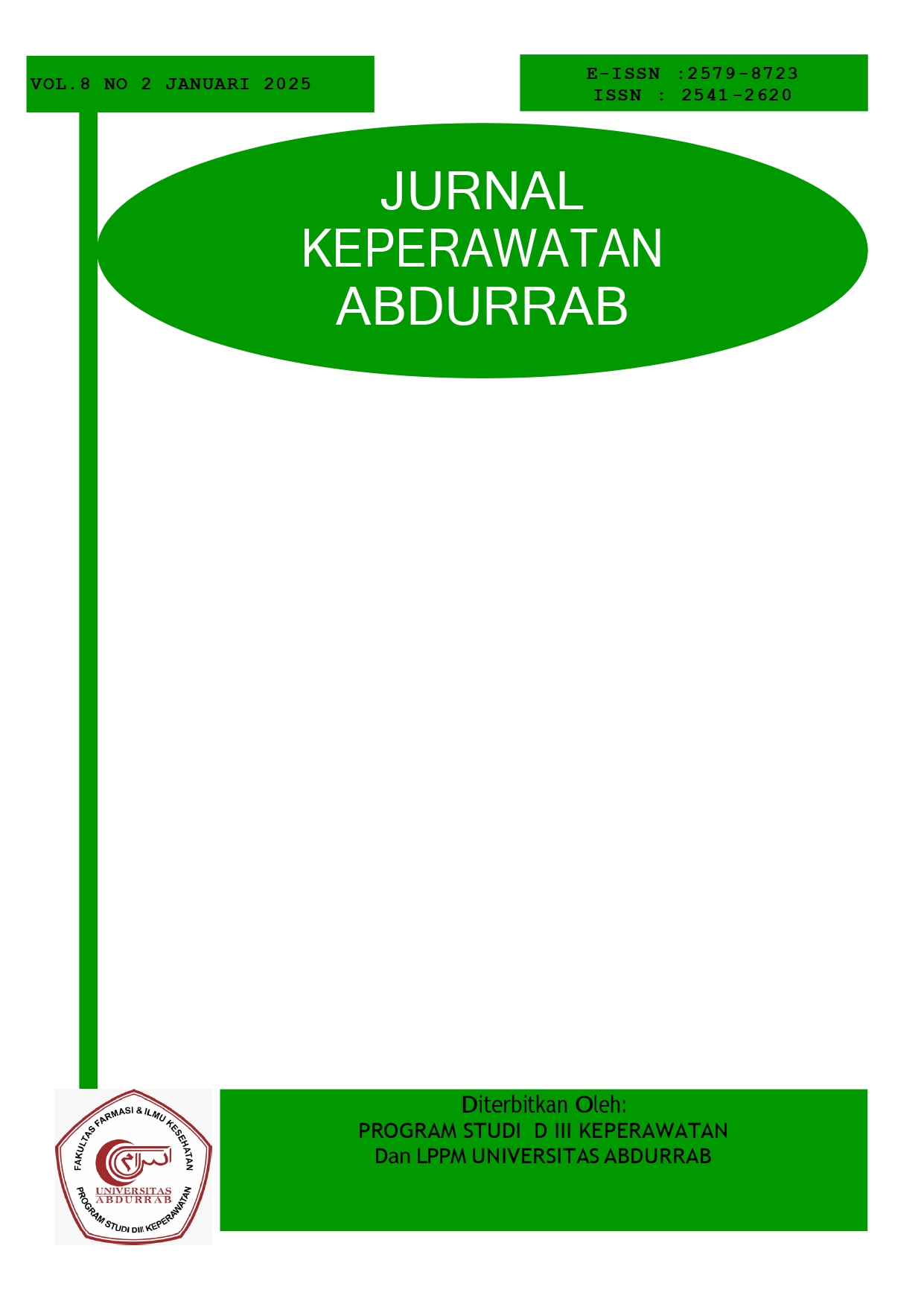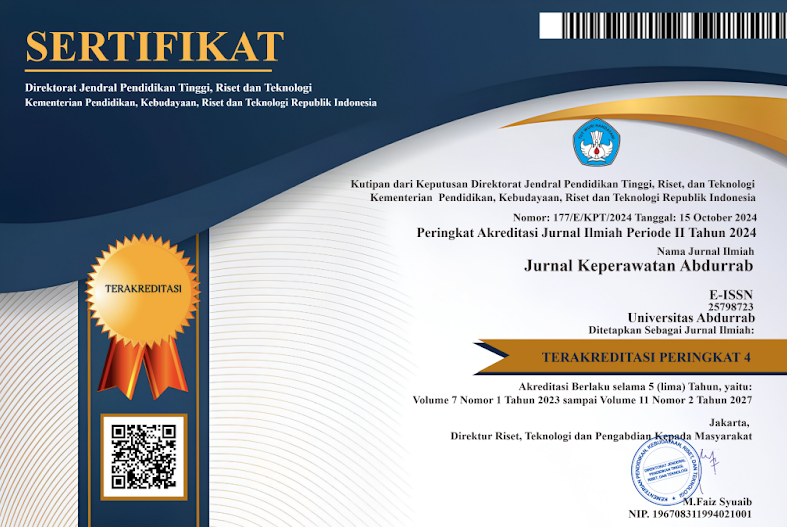ESENSI LAPORAN NERACA KEUANGAN DALAM PENGAMBILAN KEPUTUSAN ORGANISASI RUMAH SAKIT
DOI:
https://doi.org/10.36341/jka.v8i2.5451Keywords:
neraca, keuangan, rumah sakitAbstract
The balance sheet plays a crucial role in the strategic decision-making of hospitals by assessing financial health and operational sustainability. This article explores how the main elements of the balance sheet working capital, operating costs, cash flow, and capital structure can significantly impact managerial effectiveness and hospital profitability. Optimal management of working capital, for instance, can improve cost efficiency by ensuring that the hospital has sufficient funds for operational needs without compromising financial stability. On the other hand, analyzing operating costs is essential, especially in crisis situations like a pandemic, when hospitals face greater cost challenges. Cash flow becomes a key element for maintaining liquidity, ensuring that the hospital can meet its financial obligations on time and avoid liquidity issues that could disrupt daily operations. Additionally, a balanced capital structure helps support the financial stability of the hospital, minimizes risks, and strengthens its ability to invest in improving health services and facilities. A thorough understanding of each component of the balance sheet forms the foundation for strategic and efficient decision-making, ultimately focusing on growth, sustainability, and the enhancement of healthcare quality.
Downloads
Downloads
Published
Issue
Section
License
1. Copyright of all journal manuscripts is held by the Jurnal Keperawatan Abdurrab
2. Formal legal provisions to access digital articles of electronic journal are subject to the provision of the Creative Commons Attribution-ShareAlike license (CC BY-NC-SA), which means that Jurnal Keperawatan Abdurrab is rightful to keep, transfer media/format, manage in the form of databases, maintain, and publish articles.
3. Published manuscripts both printed and electronic are open access for educational, research, and library purposes. Additionally, the editorial board is not responsible for any violations of copyright law.
licensed under a Creative Commons Attribution-ShareAlike 4.0 International License.






